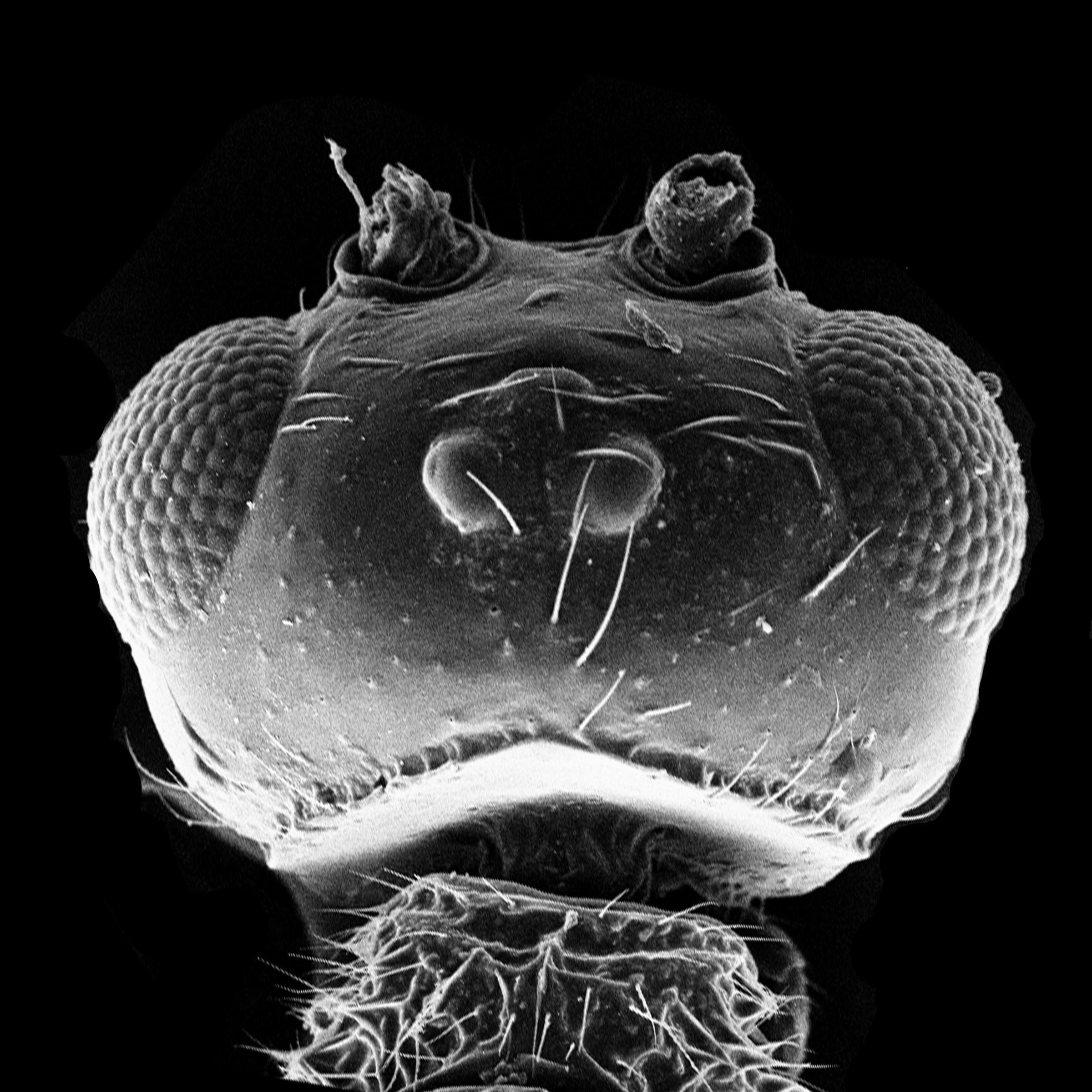

An international journal on animal taxonomy, diversity, ecology and zoogeography
ISSN: 0973-7871 (online)
ISSN: 0973-9955 (print)


An international journal on animal taxonomy, diversity, ecology and zoogeography
ISSN: 0973-7871 (online)
ISSN: 0973-9955 (print)

Volume: 2, Number: 2
ISSN: 0973-7871 (Online Edition)
Date of Publication: December 30, 2008
Abstract: Only one genus Dicraeus Loew is recognized under the tribe Dicraeini. Five new species, D. carinatus, D. indicus, D. keralaensis, D. luteopedalis and D. proximus from India are described and D. flavipes Duda is recorded for the first time from India. A key to species of Dicraeus from India and adjacent countries is also given
Abstract: Two new species of the whitefly genus viz., Bemisia elongata breeding on Homonoia riparia in Pandalam, Kerala, India and B. twista breeding on Helicteres isora in Sakleshpura, Karnataka, India, are described and illustrated
Abstract: Two new species of the genus Elachiptereicus Becker namely, E. indicus sp. n. and E. ghorpadei sp. n. are described from India. This is the first record of any named species of the genus from the Oriental Region
Abstract: In 1929 and 1911, the female specimen of Corycaeus crassiusculus (Dana, 1848) and Onychocorycaeus catus (Dahl 1894) was first recorded in the Indian ocean by Farran and in the Arabian sea by Sewell in 1947. The two species are redescribed by a combination of morphological characteristics as follows in females (1) ornamentation of the first endopodal segment of the antenna of C. crassiusculus (2) overlapping of genital segment on anal segment at the dorsal margin in C. crassiusculus (3) distal margin of the genital and anal somite ornamented with spines ventrolaterally in both (4) presence of four spines in the third exopodal segments of first, second & third swimming leg in O. catus (5) length to width of 1st endopodal segment of the antenna (6) length ratio of coxal seta: 1st endopodal seta; (7) in P1 to P3 exp-3, length ratio of terminal spine to distal segment and to outer distal spine; (8) in P4 exp-3, length ratios of terminal spine to proximal spine and to distal segment. A compa
Abstract: This paper deals with the fauna of Pteromalidae (Hymenoptera, Chalcidoidea) from some regions of Iran. Totally 22 species from 14 genera (including Anisopteromalus, Catolaccus, Chlorocytus, Dinarmus, Euneura, Halticoptera, Homoporus, Mesopolobus, Notoglyptus, Pachyneuron, Pteromalus, Sphegigaster, Systasis and Trichomalus) were collected and identified. Six species, Chlorocytus breviscapus, Dinarmus italicus, Mesopolobus juniperinus, Notoglyptus scutellaris, Pteromalus smaragdus, and Pteromalus sequester are new records for the Iranian fauna.
Abstract: The Kadalundi-Vallikkunnu Community Reserve (KVCR), the only Community Reserve in Kerala, is one of the most important wintering grounds and stop-over sites of migratory waterbirds in the West Coast of India. Several environmental issues have been noticed in KVCR among which sand mining and dumping of organic and other solid wastes was creating salinity intrusion and rise in potassium level respectively. Data on sand mining and solid waste dumping were documented for a period from January 2010 to December 2012.Sand mining washes away the nutrient rich soil that ultimately results in the decline in bird population. Feeding and resting migrant birds were disturbed by the action of tourists, local fishermen and other local people and birds kept on changing their feeding ground. Mangrove proliferation in the study area has slowly wiped away the mudflats � the primary foraging ground of migrant shore birds
Abstract: Eight species belonging to five genera of Diopsidae are reported from India. In the National collection of Zoological Survey of India one more species of Diopsidae, Eurydiopsis brevispinus Feijen (1999) is revealed which is the first report from India. Earlier it was reported only from Myanmar and Laos
Abstract: The Banana Skipper or Palm Redeye, Erionota thrax (Linnaeus, 1767) is a serious pest of banana plantation in most of the countries in Asia. A faunistic survey tour to Parambikulam Tiger Reserve reports a heavy infestation of these butterflies on the banana palm at Orukomban forest station